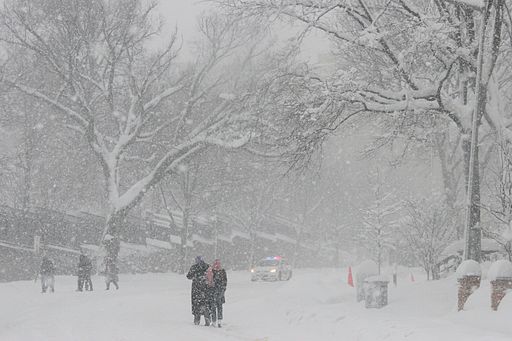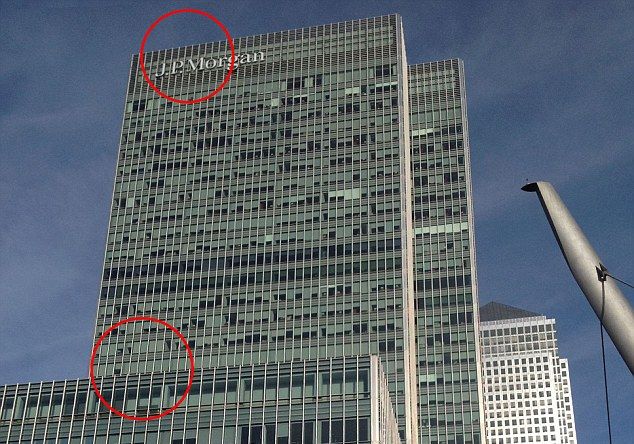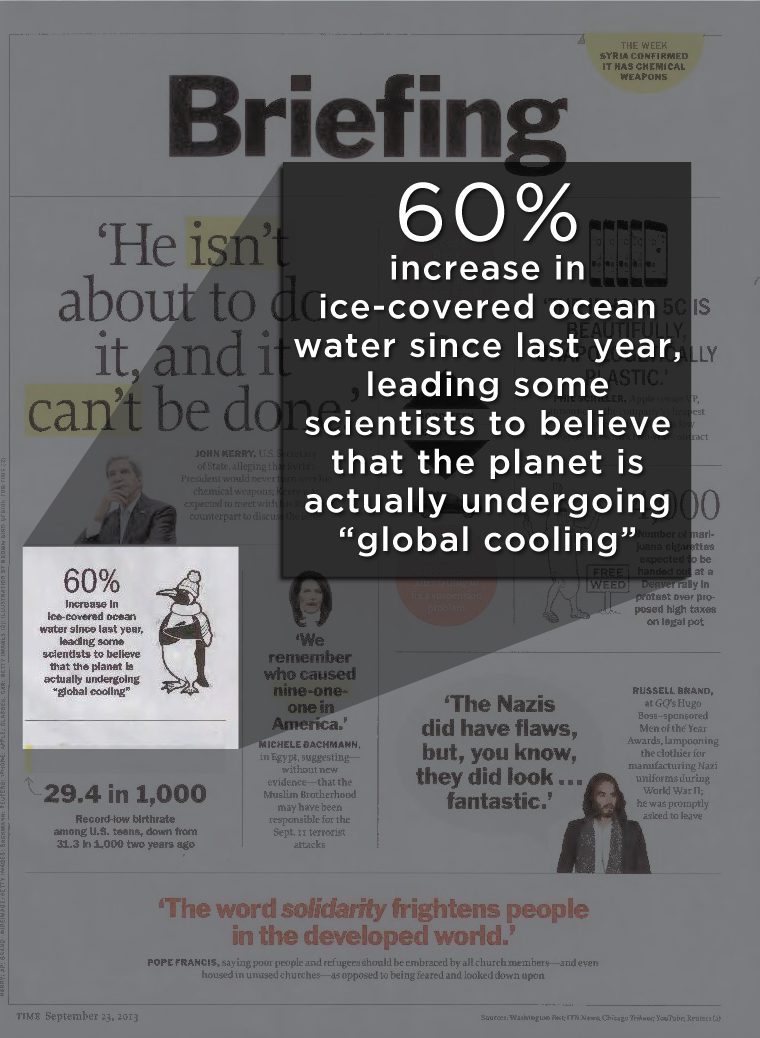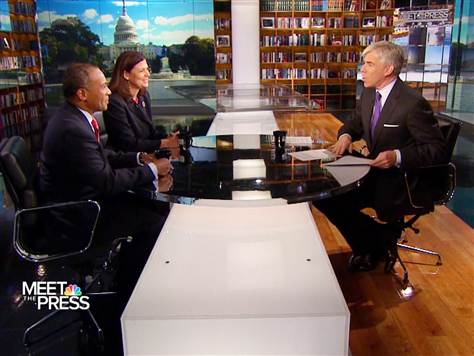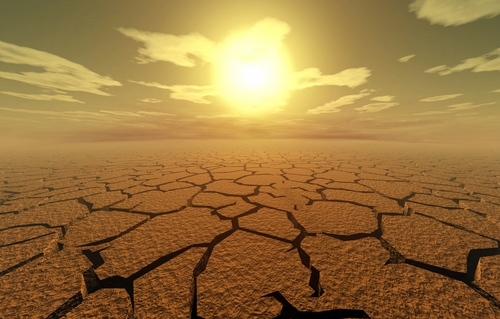Podcast: Play in new window | Download
Subscribe: RSS
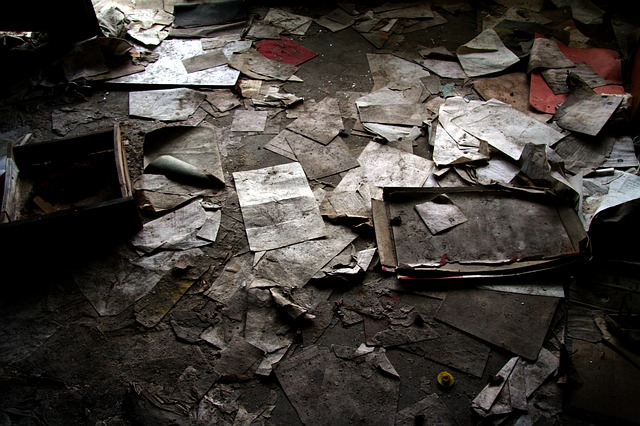
Dropped your sandwich? As long as you pick it up in five seconds, go ahead and eat it. That’s what science says. (Photo by pixabay.com/p-298762)
It was the best of times, it was the worst of times; it was the age of information, it was the age of ignorance. The emergence last week of two news stories, and the story of how they did or did not flourish, casts harsh light on the state of journalism and our democratic republic. One story was funded by NASA, conducted with rigorous standards of research, reviewed by peer scientists and published in a legitimate scientific journal. Its subject was the end of the world as we know it. The other was tossed off by a handful of students in a science class, observed few scientific standards, was reviewed by no one and published nowhere in the academic press. It was about dropping food on the floor. So you guess: Which one went viral around the world, generated tons of newsprint and oceans of comment in every medium of communication; and which one was virtually ignored except when it was attacked as misleading? Continue reading
